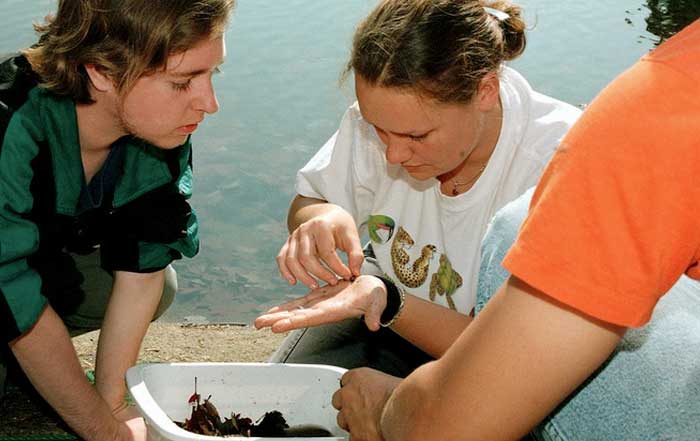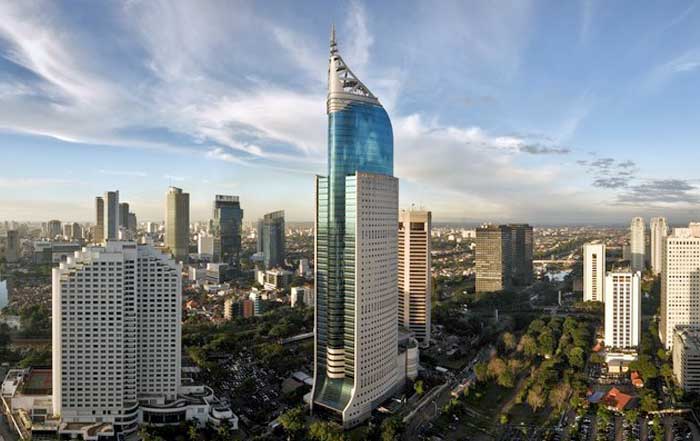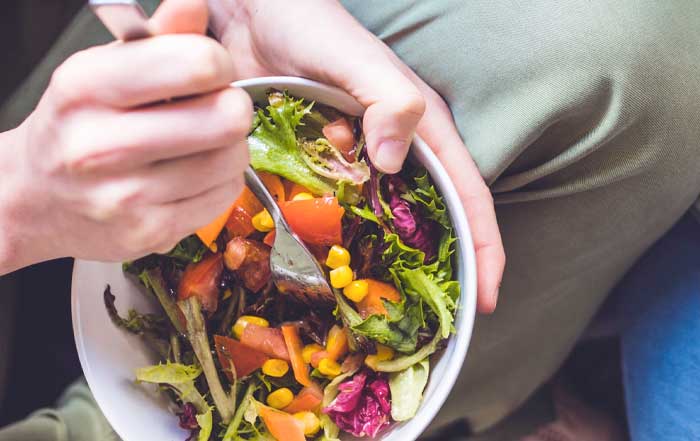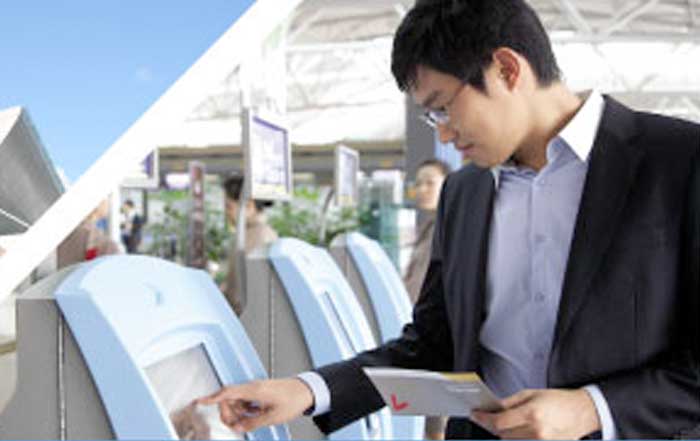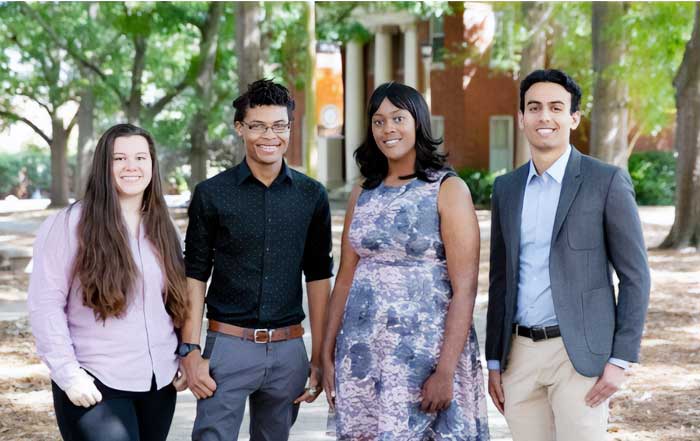In the digital age, travel has become increasingly intertwined with technology. From online bookings and digital boarding passes to mobile maps and real-time communication, modern travel depends heavily on digital infrastructure. While this reliance offers unparalleled convenience, it also exposes travelers to significant cybersecurity risks. As you explore new destinations, your personal data often traverses unfamiliar and potentially insecure networks, making it a prime target for hackers and cybercriminals. Understanding these risks and learning how to mitigate them is crucial to ensure a safe and enjoyable travel experience.
Cybersecurity challenges while traveling are multifaceted. Public Wi-Fi networks, often the lifeline for international travelers, are notoriously vulnerable to attacks such as data interception and spoofing. Meanwhile, the increased use of mobile devices for sensitive activities like banking or email communication can amplify exposure to threats. For both leisure and business travelers, protecting digital assets is as important as securing physical belongings.
Common Cybersecurity Risks Faced by Travelers
Public Wi-Fi Vulnerabilities
Public Wi-Fi is often considered a traveler's best friend, available in airports, hotels, cafes, and tourist hotspots. However, these networks are typically unsecured and easily exploitable by hackers. Cybercriminals often set up fake hotspots with names resembling legitimate networks, tricking users into connecting and unknowingly sharing their sensitive data.
Even legitimate public Wi-Fi networks can be compromised. Without encryption, every piece of data transmitted over these networks, from login credentials to credit card details, can be intercepted using simple tools. This risk is especially concerning for travelers who rely on public Wi-Fi to complete work tasks or access personal accounts while abroad.
Device Theft and Loss
The fast-paced nature of travel often leads to misplaced or stolen devices. When a smartphone, laptop, or tablet is lost, the consequences can extend far beyond the monetary value of the hardware. Devices typically contain vast amounts of sensitive information, including saved passwords, personal photos, and confidential documents, all of which can fall into the wrong hands. If the device is not adequately secured, a thief can easily access this data.
Phishing Attacks Targeting Travelers
Travelers are particularly vulnerable to phishing schemes, often disguised as urgent messages from airlines, hotels, or local authorities. These scams typically play on the traveler's sense of urgency and unfamiliarity with local systems, tricking them into clicking malicious links or sharing personal information.
Unsecured IoT Devices in Hotels
Modern hotels frequently boast "smart" rooms equipped with Internet of Things (IoT) devices, such as smart TVs and voice assistants. While these amenities enhance convenience, they also introduce potential vulnerabilities. If these devices are not adequately secured by the hotel, they could serve as entry points for cyberattacks.
Data Roaming and Mobile Network Risks
While mobile networks are generally more secure than public Wi-Fi, they are not immune to attacks. Travelers who rely on roaming services may face risks from fake cell towers, known as IMSI catchers, which intercept communications and steal data. This threat is particularly significant for those traveling to regions with weaker regulatory frameworks for telecommunications security.
Practical Steps to Enhance Cybersecurity While Traveling
Use a Virtual Private Network (VPN)
A Virtual Private Network (VPN) is one of the most effective tools for safeguarding your online activities while traveling. By encrypting your internet connection, a VPN prevents hackers from intercepting your data, even on unsecured public Wi-Fi networks. When choosing a VPN, opt for one that offers high-speed connections and robust security protocols to ensure both safety and usability.
Keep Software and Devices Updated
Outdated software often contains vulnerabilities that hackers exploit. Before embarking on your journey, ensure that all devices, apps, and operating systems are updated with the latest security patches. Enabling automatic updates can further reduce the risk of running outdated software during your trip.
Enable Two-Factor Authentication (2FA)
Two-factor authentication adds an extra layer of security to your accounts by requiring a second verification step, such as a one-time code sent to your phone. This measure can significantly reduce the likelihood of unauthorized access, even if your password is compromised.
Use Secure Passwords and a Password Manager
Strong, unique passwords for every account are essential for cybersecurity, but remembering them can be challenging, especially while traveling. A password manager can securely store and generate complex passwords, simplifying your digital life while enhancing security.
Limit Data Sharing and Permissions
Minimize the amount of personal information you share online, particularly on social media platforms, where oversharing can inadvertently reveal your travel plans and locations. Additionally, review app permissions on your devices to ensure that only essential apps have access to sensitive data.
Purchase Travel-Specific Security Tools
Investing in travel-friendly cybersecurity tools, such as RFID-blocking wallets to protect credit cards or portable VPN routers, can provide an additional layer of protection. Portable power banks can also ensure that your devices remain powered, reducing the temptation to use potentially compromised public charging stations.
Avoid Public Charging Stations
Public USB charging stations, often found in airports and cafes, can be compromised through a tactic known as "juice jacking," where malware is transferred to your device via the charging cable. Instead, carry your own charger and plug directly into a power outlet or use a portable power bank.
Be Cautious of Phishing Attempts
Stay vigilant against phishing scams, particularly emails or messages requesting urgent action. Verify the legitimacy of any communication by contacting the company or organization directly through official channels. Avoid clicking on links or downloading attachments from unknown sources.
Best Practices for Accessing Data Securely Abroad
Cloud Storage and Backup Solutions
Using secure cloud storage services can be a lifesaver while traveling. By storing essential documents, such as passports and itineraries, in the cloud, you can access them from anywhere while reducing the risk of losing physical copies. Ensure that cloud accounts are protected with strong passwords and 2FA.
Offline Access to Critical Data
While cloud storage is convenient, it's equally important to have offline access to critical information, particularly in areas with unreliable internet connectivity. Save encrypted copies of essential files on your device for quick reference, but ensure that these files are deleted immediately after use.
Secure Communication Tools
For sensitive communications, avoid relying on standard SMS or unencrypted messaging apps. Instead, use secure messaging platforms like Signal or WhatsApp, which offer end-to-end encryption. This step is particularly crucial for business travelers handling confidential information.
Research Local Cybersecurity Laws
Different countries have varying regulations regarding internet usage, data privacy, and encryption. Familiarize yourself with these laws before traveling to ensure compliance and avoid inadvertent breaches. For instance, some regions restrict the use of VPNs, requiring travelers to use government-approved alternatives.
Leverage Trusted Networks
Whenever possible, prioritize accessing the internet through trusted networks, such as those provided by reputable hotels or workplaces. Verify the network name with the provider to avoid falling victim to fake hotspots.
The Role of Businesses in Supporting Secure Travel
Employers have a critical role in ensuring the cybersecurity of their traveling employees. Organizations should provide comprehensive cybersecurity training tailored to travel-specific risks, emphasizing the importance of vigilance and proactive measures. Additionally, deploying secure work devices pre-configured with necessary tools, such as VPNs and endpoint protection software, can greatly enhance safety.
Businesses should also establish clear policies for data access and usage while traveling. For instance, limiting the use of personal devices for work-related tasks and restricting access to sensitive information on unsecured networks can minimize risks. Regularly reviewing and updating these policies ensures they remain effective in addressing emerging threats.
Future Trends in Travel Cybersecurity
As technology continues to evolve, so too do the methods used by cybercriminals. The future of travel cybersecurity will likely see advancements in AI-driven threat detection, biometric authentication, and decentralized identity management. Meanwhile, the proliferation of 5G networks promises enhanced security features but also presents new challenges, such as the potential for more sophisticated network-based attacks.
Travelers can expect greater integration of cybersecurity features into travel products and services, from encrypted booking platforms to smart luggage with built-in security systems. However, staying informed and proactive will remain the cornerstone of safe travel in an increasingly digital world.
Summary
Traveling in the digital age offers immense opportunities but also comes with significant cybersecurity risks. From public Wi-Fi vulnerabilities and phishing scams to the potential for device theft, the modern traveler must navigate a complex web of threats. By adopting best practices, leveraging secure tools, and staying informed about evolving risks, both individuals and businesses can ensure safer digital journeys. As the intersection of technology and travel deepens, cybersecurity will remain an essential pillar of global mobility.


